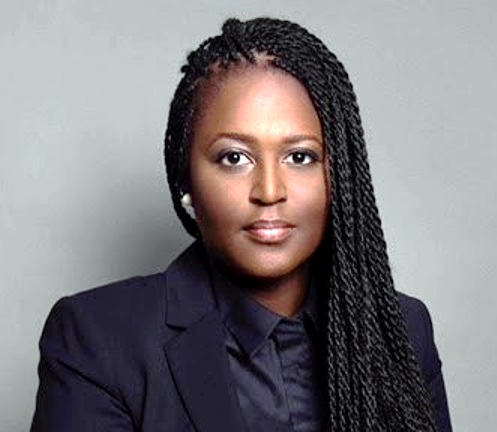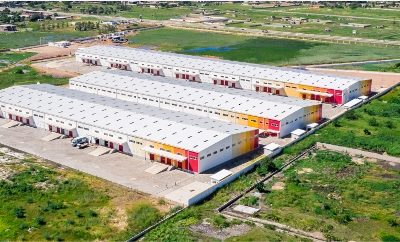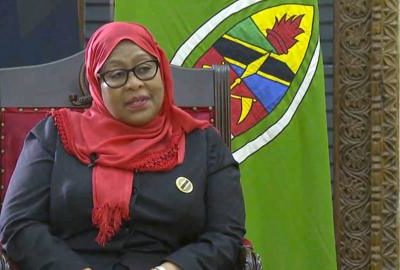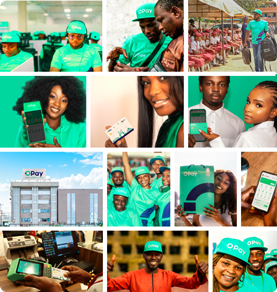By Rimini Haraya Makama
When we think about job displacement our minds often go to factory workers and calls centers, but as leading artificial Intelligence expert Dr. Vivienne Ming points out in a recent interview with the Financial Times, the middle class in professional services may be the most challenged in this computed future. Ming cites a recent competition at Columbia University between human lawyers and AI counterparts reviewing agreements with loopholes. The AI found 95 per cent of them in 22 seconds, it took the humans over an hour. As a lawyer reading this you may have two conflicting emotions: concern, but the other should be joy that your life is about to get easier; free of the day to day drudgery of reviewing agreements, allowing you to concentrate on what really matters. This is what technology does – an advantage to highly complementary skills.
Regardless of the disruption or industrial revolutions, history tells us that humans have always leveraged innovative technology to create new jobs and industries as certain jobs require human ingenuity, as such, can only be performed by humans. This is the promise of human potential. That said, the transition leading up to these new job and industries has typically been characterized by a lot of uncertainty about the future.
The uncertainty is an information problem. Will the less skilled humans be rounded up and sent to colonies by the robots? These are is the sort of questions and panic uncertainty can cause. Experts tell us we need to retrain and reskill the work force, but it’s not as easy as taking the red or blue pill. Potential employees don’t know what skills they require for the Matrix and as a result cannot upskill. On the other hand, employers want job-ready candidates who can immediately land in role.
Building the workforce of the future will require blended responsibility of employer led training and government led motions. Our current approach to education and vocation will need to be reviewed as the gig economy becomes the core of the labor market.
What kind of skills will Africa require in this new economy? What will be Nigeria, Ghana, Cameroon and Rwanda’s comparative advantage going forward? Our Governments need to identify what their comparative advantage is over other countries, and what sort of labor force they should be developing by paying focus to what people in our countries do well that machines cannot do?
Employer led training will be integral in reskilling the current workforce. In the private sector, organizations should invest in design led training programs or give mandatory time off to employees to upskill themselves in new areas, as well as, boost creativity and take advantage of skills led training resources like LinkedIn learning or freemiums like Coursera at work. Governments should also invest in civil servants by creating similar opportunities.
“Building the workforce of the future will require blended responsibility of employer led training and government led motions. Our current approach to education and vocation will need to be reviewed”
There needs to be a shift in educational policies with an increased focus on vocational skills and other forms of certifications. In Nigeria, Abia State has recognized that vocational skills have a positive socio-economical effect; and has championed the ‘Made in Aba’ initiative which capitalizes on the ‘can do entrepreneurial Nigeria spirit’ to produce quality good made in Aba for local consumption with a long-term goal for export. This template can easily be adopted by other Nigeria states.
Educational institutions need to begin adequately preparing people for the skills that will be in high demand in the job market. The current focus on STEM should continue and expand to developing artificial intelligence, quantum computing and machine learning capacity for academia, scientists and policy makers.
Governments and educational institutions should continue investing in digital skills by creating more technical colleges which can be achieved by partnering with organizations who can help train and build a local technology ecosystem. Best practice can be seen with the recent MOU the Government of Rwanda signed with Andela (a company that specializes in training software developers) to open a Pan African technology hub in Kigali. This sort of partnerships should be encouraged and are available as multinational technology organizations are always scouting for locations in Africa with rich technology talent and an enabling environment to establish engineering and technology centers – build and they will come.
There is a fair amount of work to be done, but it is a shared responsibility between governments, private sector organizations and other interested stakeholders. There is no going back to the future; the AI revolution is being televised daily. It’s time to get the labor market and workforce ready for the new computed future.

Rimini Haraya Makama,, Nigerian lawyer and business executive, is the Government Affairs Director – Microsoft MEA Emerging Markets































